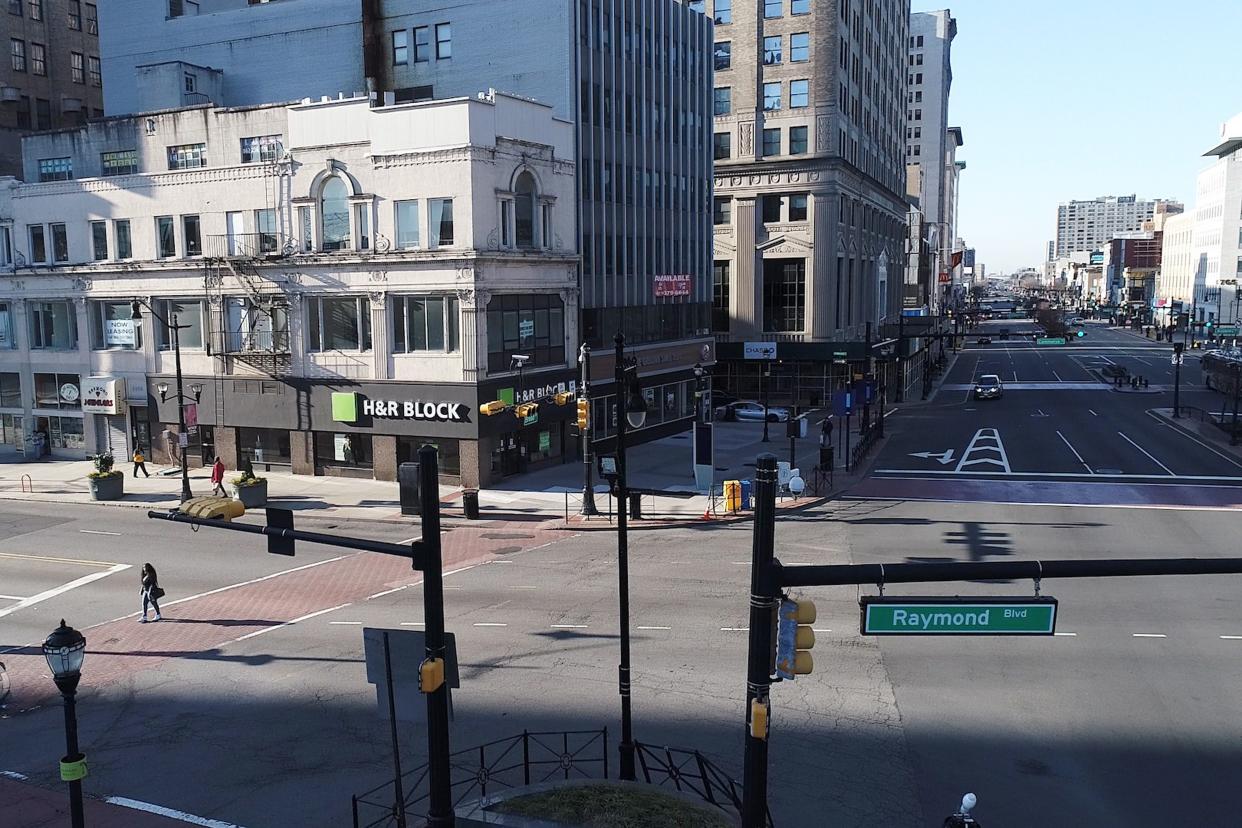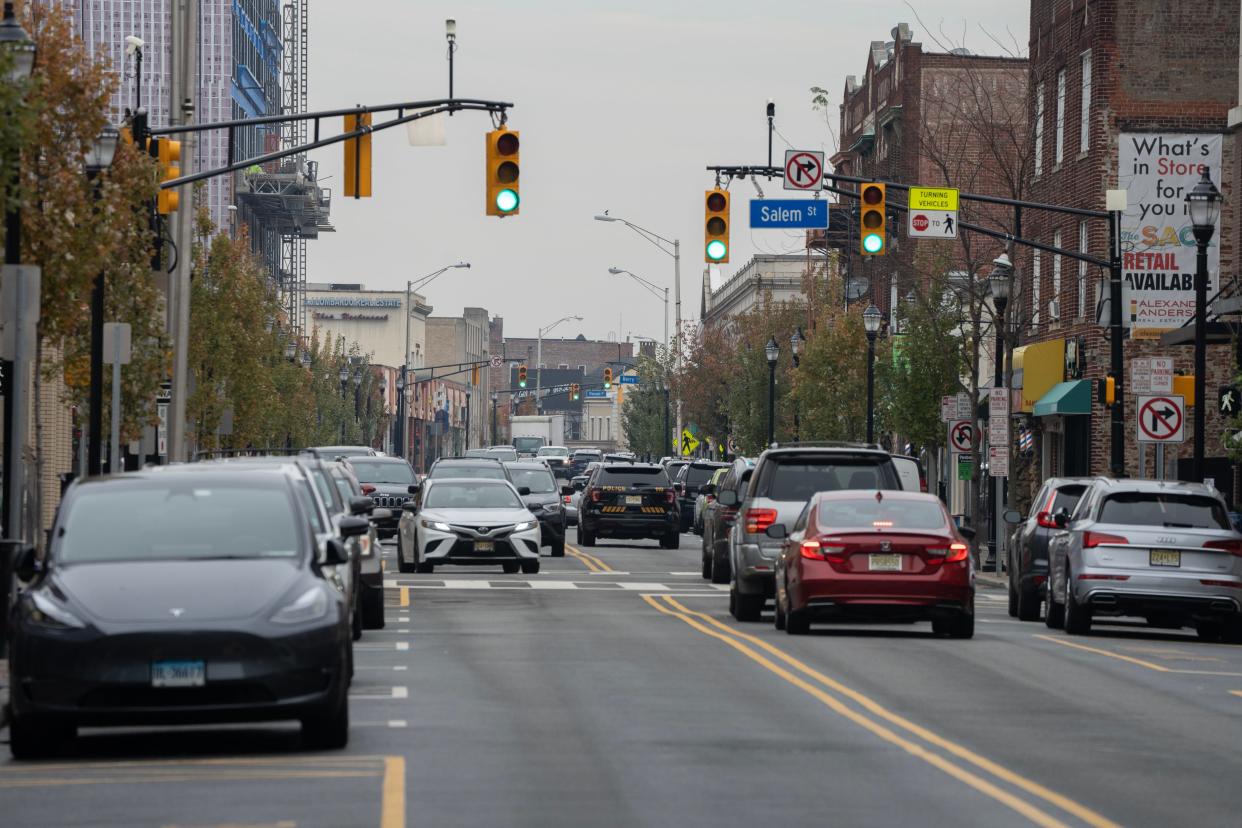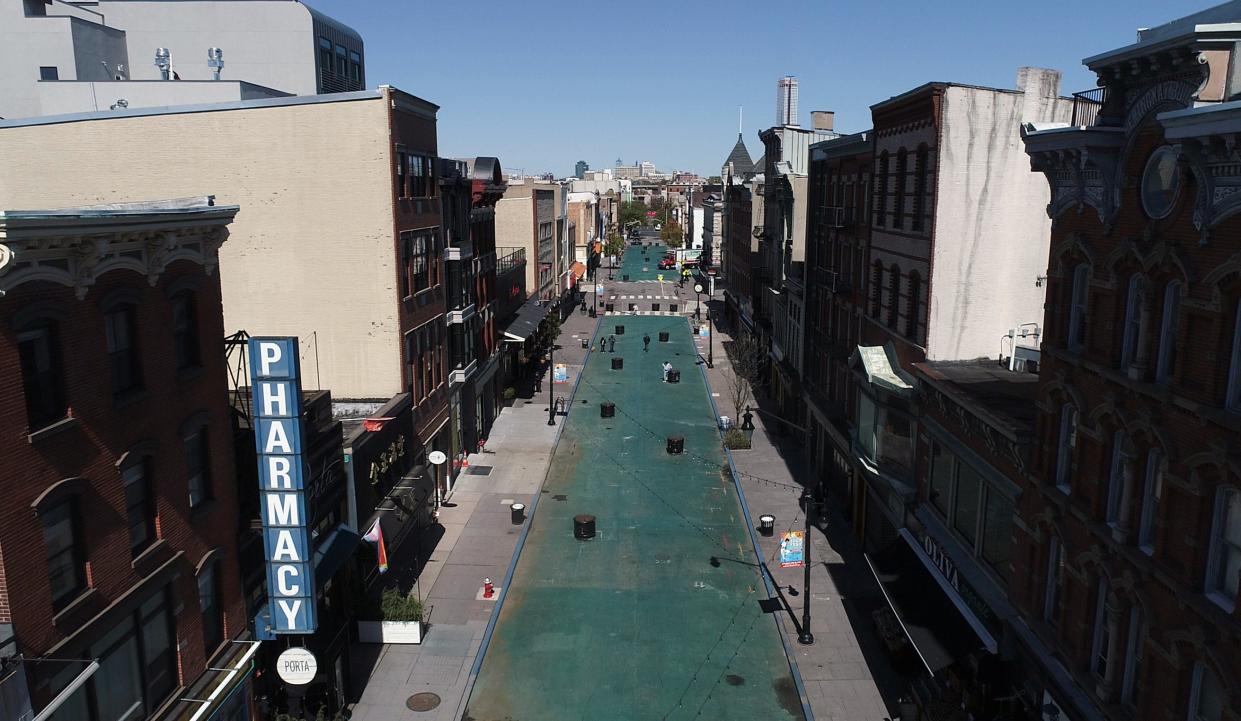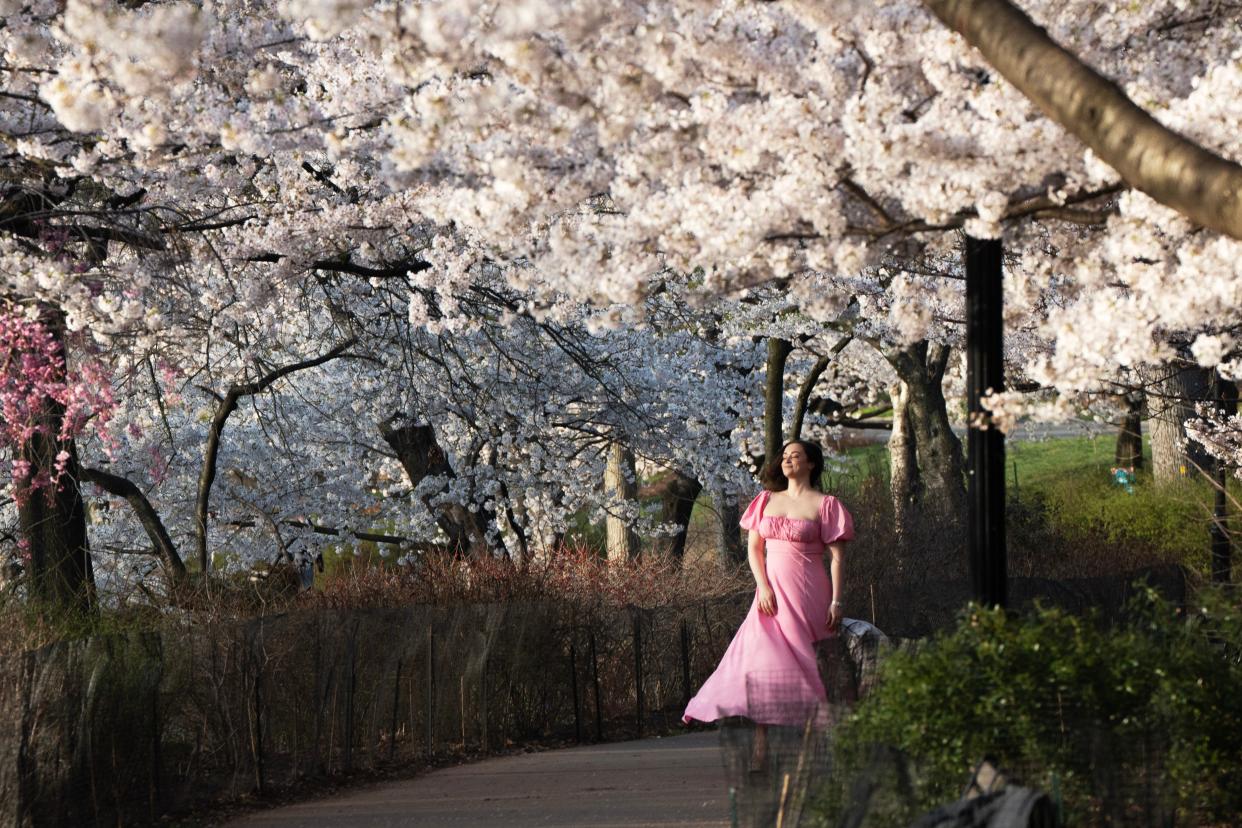'Silk City?' 'The Sack?' Where do the nicknames of North Jersey towns come from?
North Jersey is full of character, and that character has led to some unique ways to refer to many towns across the region. And, these are often reflections of things that the town takes great pride in.
While you may have an unofficial nickname or two for the town you live in, some areas have nicknames that even the town itself takes in pride in. Whether it be an ode to the town's history, a testament to its environment or a hint to the area's most beloved natural attraction, these nicknames give the public a sneak peek into what makes the town special.
Here are the nicknames of 11 North Jersey towns, as well as where they came from:
Newark: 'Brick City'

Newark's most prominent nickname is "Brick City" becasue of its history of being a major hub for the production of bricks in the 19th century. The nickname also pays homage to the significant role that brick manufacturing played in the city's development, including a large number of tall brick housing projects that popped up throughout the city during the 20th century.
Newark is also known as the "Gateway City," which was created to refer to the city's position as a major transportation hub after the creation of the newly developed Gateway Center complex.
Paterson: 'Silk City'
Paterson is known as "Silk City" for its position as one of the most prominent silk producers in the world. During the late 19th century and early 20th century, Paterson had about 120 firms involved in the production of silk and the city was producing almost half of the silk manufactured across the country.
North Jersey news: These parks and playgrounds will get upgrades thanks to Green Acres grants
East Orange: 'The Crossroads of New Jersey'
While East Orange has been given several nicknames over time, it is most commonly referred to as "The Crossroads of New Jersey." This is because of the city's convenient location at the intersection of the Garden State Parkway and Interstate 280, as well as being located just miles from Newark Liberty International Airport and less than 30 minutes from New York City.
Hackensack: 'A City in Motion'

Hackensack is known as "A City in Motion" due to its active history before the United States was even founded. Before it was settled by the Dutch in 1693, Hackensack was home to a Lenni Lenape Indian community along the banks of the river, the Achkinheshcky tribe, from which "Hackensack" was derived from. Then, during the American Revolution, Hackensack was a small village centered around The Green. It acted as the headquarters for George Washington in 1776 while he surveyed local roads and bridges, and he later led his army to Hackensack. It was there that he made the decision to continue the retreat from British and Hessian forces, which prepared the way for the first American victory of the Revolution.
In 2020, the Hackensack Main Street Business Alliance also adopted the nickname "The Sack" for the city's downtown area. Because many longtime residents had already referred to the city by that nickname, the alliance chose to use the term as a way to attract more traffic to area.
NJ graduations: Commencement dates for New Jersey colleges, universities
Jersey City: 'Chilltown'

"Chilltown" is a nickname that was first given to Jersey City by legendary rappers of the 1980s like Doug E. Fresh, Biz Markie and Grandmaster Flash. These figures found living in Jersey City to be chill and problem-free, which is how the term was coined.
The nickname has also been used as a way to compare the environment in Jersey City to busier neighboring areas like New York City. Because Jersey City is typically a more affordable and less hectic environment than New York City, it has come to be known as "Chilltown."
Madison: 'Rose City'
Madison was nicknamed the "Rose City" in the late 19th century. After the Morris and Essex Railroad was introduced in 1837, wealthy families eventually began to travel to and build homes in Morris County, specifically along the border of Morristown and Madison on what became known as "Millionaires Row." These residents introduced the idea of year-round gardening, and in 1856 T.J. Slaughter became the first major commercial rose producer in the town with five large greenhouses on his property. By 1889, 35 large-scale growers in town managed miles of green houses, allowing for nearly 50,000 roses to be sent by train to New York each day. In the 1950s, rose-growing in Madison peaked with millions sold annually throughout the decade, but the low cost of importing roses from South America resulted in these growers to shut their doors.
Orange: 'Hat City'
The city of Orange has been deemed "Hat City" due to its history as a hub for hat manufacturing. In the late 1800s, the area was home to 34 hat factories, earning it the title as the hat-making capital of the world. The old structures used for this production have been converted into spaces for commercial printing, photographic processing, building material supply, assembly and light manufacturing businesses.
Franklin: 'Flourescent Mineral Capital of the World'
Franklin was named the "Flourescent Mineral Capital of the World" by a New Jersey State resolution in 1968 because it is located over a rich ore body that contains more than 150 minerals — most of which are flourescent — including 25 that can't be found anywhere else on earth.
Franklin was settled in the 1600s and developed near iron mines and iron smelting operations along the Wallkill River. Then, in the early 1800s, zinc deposits in the area began to be developed commercially, and small companies mined zinc and iron here for most of the century. All zinc mining efforts were then merged into the New Jersey Zinc Company in 1897, which played a big role in the development of the borough before it was incorporated in 1913.
Morristown: 'Military Capital of the American Revolution'
Morristown was nicknamed the "Military Capital of the American Revolution" after George Washington and his 3,000 troops of the Continental Army took over the then-village and made it his winter headquarters in 1777. Washington returned to Morristown in the winter of 1779 to 1780 with 13,000 soldiers, who stayed in huts in Jockey Hollow while he stayed in the Ford Mansion, with both sites still being part of the Morris National Historic Park.
Passaic: 'The Birthplace of Television'
Passaic has been coined "The Birthplace of Television" due to its history of being home to one of the first transmitted signals of television in the United States in the late 1920s. The DeForest Radio Corporation successfully transmitted the first television signal from a studio in Passaic to a receiver in New York City. Then, in 1931, the corporation broadcasted the first film ever to be show on television, which was aired from the company's studio in Passaic to a number of experimental television sets in the New York City area.
Allen B. DuMont — the chief engineer at DeForest Radio Corporation — later founded the DuMont Television Network in 1946. The network's first studio was located in Passaic, which was the first commercial television network in the world based in a suburban area.
Belleville: 'Cherry Blossom Capital of America'

Belleville has self-proclaimed the town as the "Cherry Blossom Capital of America." While Washington, D.C., is home to the National Cherry Blossom Festival and has an estimated 3,750 cherry blossom trees, officials estimate that there are more than 5,300 cherry blossom trees in Essex County's Branch Brook Park, with many of them falling in Belleville.
This proclamation dates back to 2001, when Mayor Angelina M. Paserchia ordered some 3,500 cherry blossom trees to be planted throughout the town, referring to itself as the "Cherry Blossom Capital of America" because of its location to Branch Brook Park, which is known for its abundance of cherry blossoms in the spring.
Maddie McGay is the real estate reporter for NorthJersey.com and The Record, covering all things worth celebrating about living in North Jersey. Find her on Instagram @maddiemcgay, on X @maddiemcgayy, and sign up for her North Jersey Living newsletter. Do you have a tip, trend or terrific house she should know about? Email her at MMcGay@gannett.com.
This article originally appeared on NorthJersey.com: North Jersey town nicknames and where they came from
